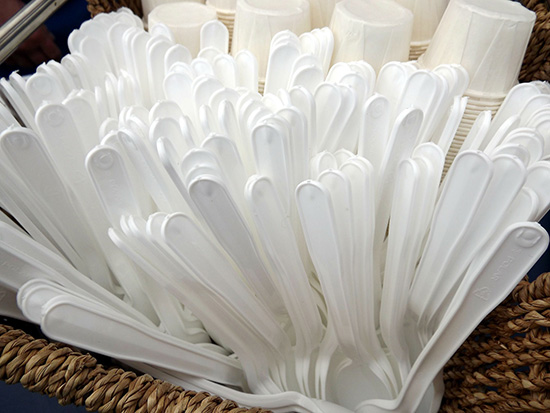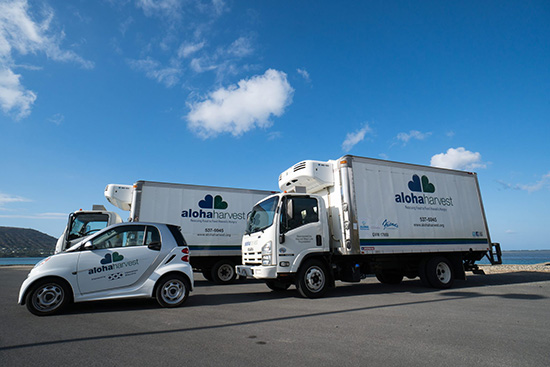
This year, 20 students will learn the skills of ancient Polynesian voyagers in SCI 160: Polynesian Voyaging and Seamanship. From learning how to rig a canoe to actually sailing out on the ocean, the course, which has both lecture and lab sections, aims to teach students about Hawaiian history and culture.
“We will be learning about the actual voyages of Hōkūle‘a and the efforts to revitalize and engage the world with voyaging,” said Ian Masterson, WCC’s Hawai‘i Ocean Education Academy instructor and anthropology lecturer.
The three main sections of the class are astronomy, oceanography and culture.
“They all tie together,” Masterson said. “The students learn aspects that are practical in voyaging with regards to astronomy as well as indicators for non-instrumental voyaging, which comes out of the Hawaiian culture aspect as well as some of the oceanography. A good navigator can recognize many different wave patterns at the same time just by lying on the deck of the canoe.”
Masterson took this same course back in 2001 with instructors Emil Wolfgramm and Ka‘au McKenny.
“… I was impacted heavily by the course,” he said. “I never thought I would come full circle and teach Polynesian voyaging.”
The demographics of the class is much older than most classes at WCC.
“I know one of my really good friends, Kaleihau, is super kānaka maoli,” said Rachel Maosi, one of the younger students. “He is like that old uncle that you totally know. But even he tells me sometimes, ‘You know, I’ve lived all these years and I’ve done all this stuff, but I cannot teach my nieces and nephews how for throw net or point at which star is which.’ He’s in here to reconnect with his roots.”
On Saturdays at Kualoa Beach Park, professor Leimomi Dierks teaches the lab section. She has been teaching the course since 1997.
“We acquire seamanship skills and apply knowledge of astronomy, geology and geography, oceanography, meteorology, marine biology, ethnobotany and archaeology through sailing and environmental exploring activities,” Dierks said.
Maosi is taking both the lab and lecture this semester but is looking forward more to the lab.
“I’ve paddled for about nine or 10 years, and Polynesian voyaging was the next step for me,” she said. “We learn what each star means, what angles are used, what the knots are for rigging. The class strengthens what I already know how to do.”
Recently, Polynesian voyaging has made headlines with the success of Hōkūle‘a’s Mālama Honua Worldwide Voyage and Disney’s movie Moana.
Hōkūle‘a returned to O‘ahu on June 17 after being at sea since May 2014. The canoe was greeted by thousands of people at Magic Island celebrating its journey sailing the world only using the knowledge of wind currents, ocean waves and star formations.
“I’ve actually been on the Hōkūle‘a before,” said student Bernadette Rose Garrett. “One of my high school teachers actually did a leg on the Hōkūle‘a. When Hōkūle‘a was docked in Maunalua Bay, we actually were able to do a night watch on it.”
Disney’s Moana also helped put Polynesian voyaging on the map. The movie is about a young village chiefess (Moana) who sets out to sea in order to find a demigod (Maui) to help save her people. Moana debuted in theaters last November and has grossed over $600 million.
“It (Moana) was the greatest,” Maosi said. “I watched it in the theaters probably five times and then it came out on Netflix, so I watched it another 15 more times. I have a shirt, I have the CD soundtrack, and I even bought the cereal.”
Moana and Hōkūle‘a’s Mālama Honua Worldwide Voyage seems to have rekindled people’s interest in Polynesian voyaging and also a desire to preserve Hawaiian culture. Masterson sees this renewed interest in his students.
“We are who we are based on where we’re from,” he said. “The past is right in front of us and that is what’s going to guide these students into the future. You only learn that while being out on the sea. To feel it, you have to be out there.”
For more information about WCC’s Polynesian voyaging classes, contact Masterson at imasters@hawaii.edu.
by Leighland Tagawa, Ka ‘Ohana Co-Editor in Chief




